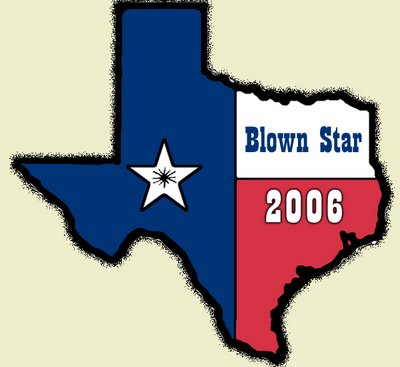1866 Shield nickel... the first US five-cent coin struck from base metal. [Photo: PCGS.]
Here’s a completely useless fact that was brought to my attention today: The United States cupronickel five-cent piece - the coin we all know and love as the “nickel” - is 150 years old today, having first been produced May 16, 1866.
The five-cent nickel wasn’t the first coin that bore that sobriquet, however. That would have been the three-cent cupronickel coin, first issued in 1865 as an alternative to the silver three-cent pieces that had virtually disappeared thanks to hoarding during the Civil War (variously known here as “the War of Northern Aggression” or “The Late Unpleasantness.” Those silver 3¢ pieces were tiny-ass coins, popularly called “fishscales” for obvious reasons. The three-cent nickel was more manageable, although the denomination had more to do with postage rates and was not a good fit with the country’s decimal coinage system.
The five-cent nickel was also not our country’s first five-cent coin. The Mint had been producing silver half-dimes for circulation since 1794, but like their (even more) diminutive three-cent cousins, the little silver coins were thin on the ground during and after the war. The half-dime would stick around until 1873, by which time the nickel version of that denomination had caught on solidly.
The original design for the nickel five-cent coin was rather boring, featuring a shield on the obverse and a numeral 5 on the reverse. It also bore the legend “In God We Trust” - the second US issue to do so - a consequence of the national religious fervor that had accompanied the war.
In 1883, the Shield was replaced by Charles Barber’s Liberty Head design, which featured a dowdy Lady Liberty on the obverse and a large V on the reverse to indicate the denomination. Unfortunately, Barber had not included the word “cents” anywhere on the coin, and what with the nickel being about the size of a five-dollar gold coin, it was not long before enterprising criminals took to gold-plating the new nickels and passing them off on unsuspecting rubes as five-dollar coins. By mid-year, the Mint had had Barber redesign the coin to add the denomination.
Proof 1913 Type 1 Indian Head nickel... one of the most beautiful examples of US coinage. [Photo: PCGS.]
Fast forward thirty years to 1913, when the Indian Head nickel (AKA the “buffalo nickel” on account of the bison on the coin’s reverse) replaced the Liberty Head design. It, in turn, was replaced in 1938 by the Jefferson nickel.
Our five-cent nickel has been made of an alloy of 75% copper and 25% nickel since its inception, the sole exception being during World War II, when an alternative alloy of 56% copper, 35% silver and 9% manganese was substituted due to nickel having been a critical material. These “war nickels” circulated until 1965, when the elimination of silver coinage created an incentive for people to hoard any money that had actual precious metal in it.
If you want a real nickel nickel, though, you have to go to Canada, where for many years five-cent coins were produced with a composition of 99.9% nickel. American-style cupronickel was only used from 1982 until 2001: Since then, the Canadian nickel has been made of steel with a thin copper-nickel plating. And that brings us to another (almost) useless fact... most (but not all) Canadian nickels will stick to a magnet. Aren’t you glad you asked?










2 comments:
I did an extended Wiki-wander last week that led me to read up on US coinage & monetary policy.
Let's see, there was 'Bimetallism', 'Bretton Woods Agreement', 'Coinage Act of 1873', 'Cryptocurrency', 'Free Silver', 'Gold Standard', 'Gresham's Law', 'Hard Currency', 'Nixon Shock', 'Panic of 1873', and a few others.
Once you start down that rabbit hole, there's no coming up. There's a lot more to coinage and the money supply than I ever imagined...
Cappy, there's nerd-fodder aplenty in the world of coinage. I could have spent a week writing about nickels and related matters, but eventually I had to eat.
It is a rabbit hole, indeed.
Post a Comment